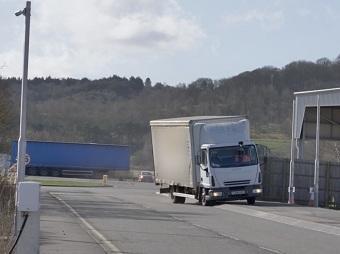The UK’s Centre for the Protection of National Infrastructure (CPNI) has published guidance focused on Vehicle as Weapon (VAW) detection technology.
As stated in the guidance, vehicles are increasingly being used as a weapon in order to carry out hostile attacks, with a number of high profile incidents in the past five years. CPNI highlights that such attacks are seen as attractive by hostile actors, as they are relatively simple, require little skill and are perceived to be difficult to detect in the planning phase.
CPNI’s guidance comes a year on from material released from the BSI and UK’s Department of Transport, where a new standard (PAS 29000:2021) outlined new requirements for operators to protect against commercial vehicles being used as weapons in acts of terrorism.
The guidance from the CPNI is designed to provide an overview of the principles behind VAW detection, the technology available and considerations regarding the environments in which they may operate. The objective of detection is to significantly improve speed of awareness of an attack and clarity of a situation, helping to limit the duration and severity of an attack, and should be part of an overall Hostile Vehicle Mitigation plan.
According to the guidance, detection technologies are able to function independently or integrate with a wider security system, and will raise an alarm if it believes a VAW attack has started. Potential triggers could include:
• Illegal parking
• Ignoring traffic signals
• Driving at speed
• Driving on the wrong side of the road or mounting footpaths
• Driving over green spaces
• Entering pedestrianised zones
Technology used should be specific to detecting VAW attacks, explains CPNI, as existing technologies that can detect much of the above are more often used for traffic or road violations, and therefore might raise frequent false alarms.
The guidance also provides advice on VAW detection system selection, as well as attack operational response planning. For the latter, security managers should consider:
• Where alerts should be raised
• What the immediate response should be
• What the ongoing response to the alert should be
• How exercise plans should be carried out, tested and rehearsed








